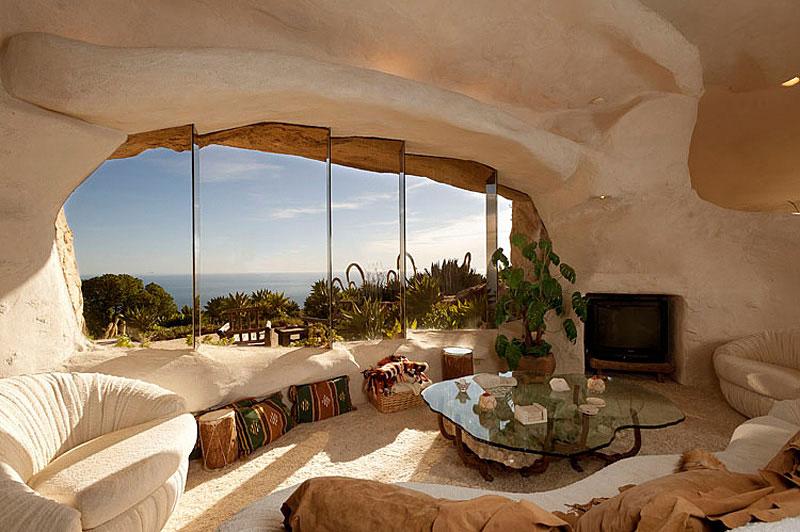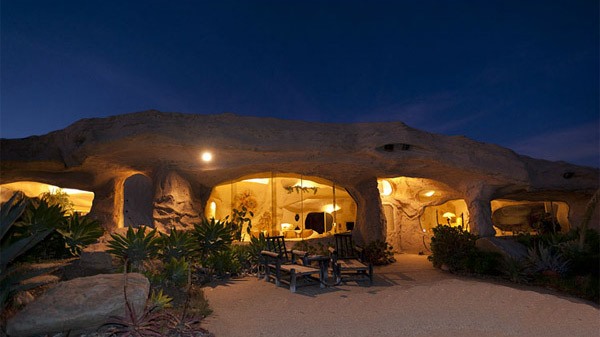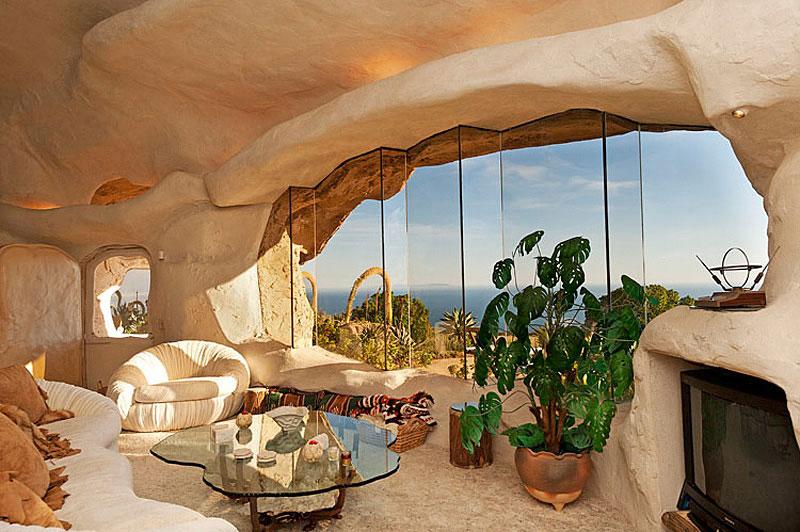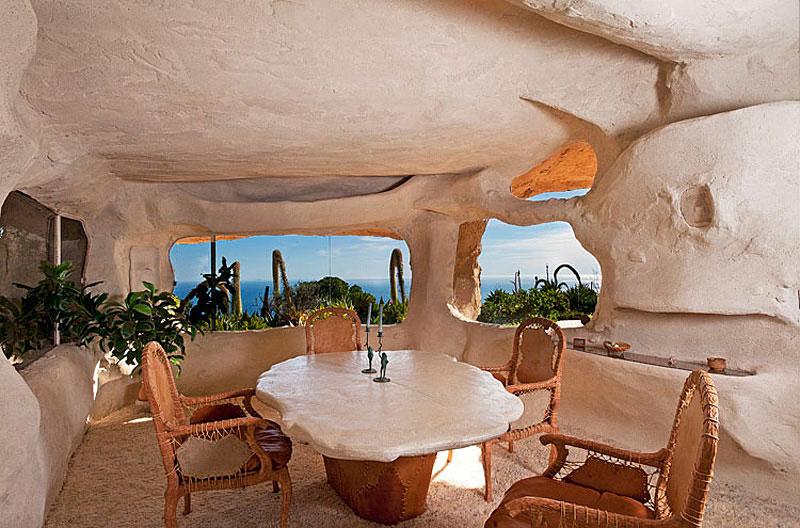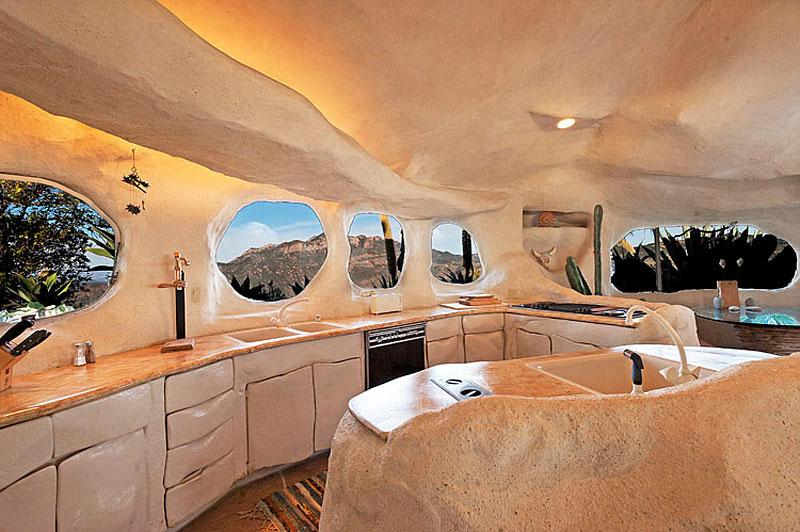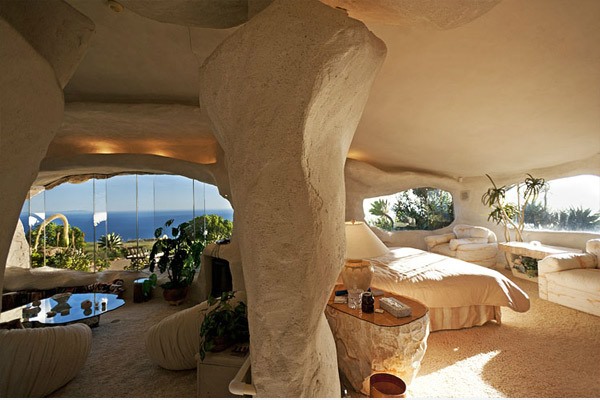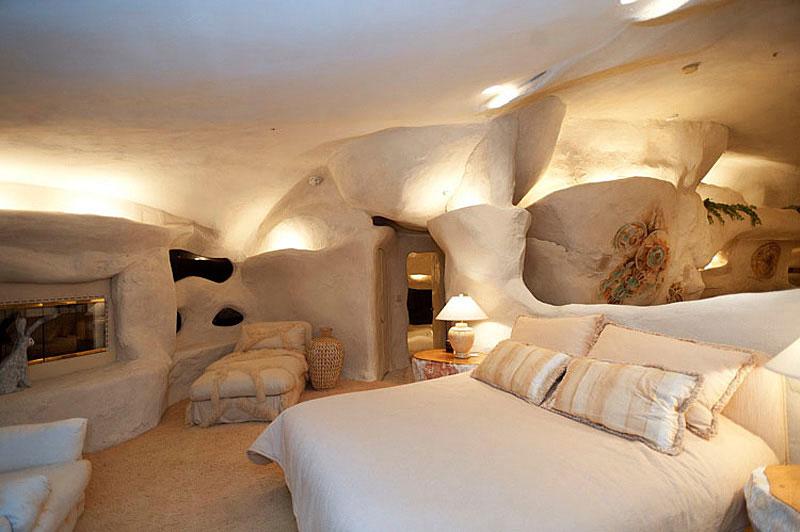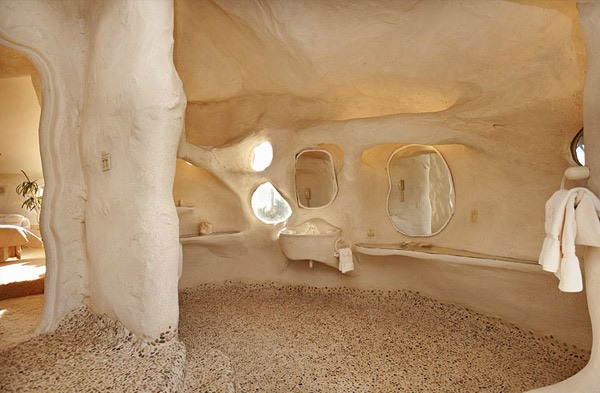We hope you enjoy our new series exploring design through history and how these timeless styles are interpreted in the modern world. First up....Prehistoric
That was then.....
This is now....
Life in Prehistoric times brought new meaning to the term “minimalistic”. Nomadic societies needed to be able to move their belongings from place to place - so the necessities were of utmost importance, such as stools for seating and storage for food items and clothing. Decorative elements were secondary, though evident, and offered function as well as style.
Pottery crafted from clay, gourds, or carved wood were used to carry food and water. Baskets made from woven sticks and reeds also served transportation requirements. From various archaeological excavations, discoveries of artifacts have included gaming dice, jewelry, and objects carved from stone, possibly used in rituals.
Original art was evident on cave walls – very common during the prehistoric era. So many of these delicate works made from rubbing charcoal or stone, and blood or droppings have amazingly survived the elements over time.
One of the best preserved villages was discovered in 1850 following a wild storm in the northern Europe location known as Skara Brae. Inhabited before Egyptian pyramids were constructed, it is some 5,000 years old, yet the semi-subterranean village is remarkably preserved.
Built from closely fitted flat sandstone slabs and linked by covered passages, each house consists of a single room with fitted stone furniture – dresser, two beds, centrally located hearth, and small floor tanks presumably used for preparation of fish bait.
A contemporary interpretation of prehistoric life is found in the late Dick Clark’s “Flintstone” residence. Built on 23 acres in the Malibu Hills, this 2,500 square foot home consists of one bedroom and two bathrooms, and is designed with irregular shapes and stone colours.
Simplistic designs for furnishings and accessories are still incorporated into modern products and interiors evoking a super stylish “form follows function” interpretation.






